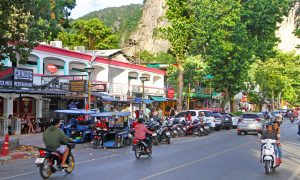Loneliness affects people from all walks of life, and expats can be doubly impacted in their home away from home. But experts say that you don’t need to embark on the overwhelming task of trying to make loads of new friends to combat loneliness – you just need a third place.
For as long as there have been societies, people across the globe have struggled with loneliness, often hopping from one place to another in search of a community. A common realization emerges: belonging is less about the location and more about the connections fostered with the people around you. For expats, this can be especially true.
One person who recognized this is the founder of Wowza Hangout (wowzahangout.com), a social club in New York City that organizes events to connect people through shared interests and activities. The initiative has resonated with people of all ages, offering gatherings such as movie nights, karaoke, and picnics in public spaces like parks and cafés. While events are typically free, the group is testing a paid subscription model, offering unlimited access to their events. These events take place in a variety of environments, many of which are ideal for casual, low-pressure interactions.
These ‘third places’ – a term coined by sociologist Ray Oldenburg – are essential for fostering community… and it’s part of the reason that TEG Media, the parent company of ExpatGo.com, has for many years organized social Mingles and Wine Dinners. Beyond just providing a fun night out, these shared community events provide, at least for an evening, a welcoming third place for expats and locals alike.

SO WHAT ARE THIRD PLACES?
The sociological construct of third places, as Oldenburg defined in his 1989 book The Great Good Place, are public spaces outside the home (the first place) and work (the second place) where people regularly gather and build connections. These places include everything from cafés, parks, and community centres to bars, gyms, and even virtual platforms like Nextdoor. The concept emphasizes the importance of having spaces where socializing occurs naturally, almost without effort.
While third places are vital to community cohesion, they’ve been in decline for decades. Researchers point to the rise of individualized leisure activities like binge-watching streaming services and the growing popularity of passive online browsing as reasons why communal gatherings have decreased. These trends were first documented by political scientist Robert Putnam in his seminal work Bowling Alone, published 25 years ago. Today, even after the worst of the Covid pandemic, the impact is more pronounced, with more people choosing to stay at home rather than socialize in public spaces.
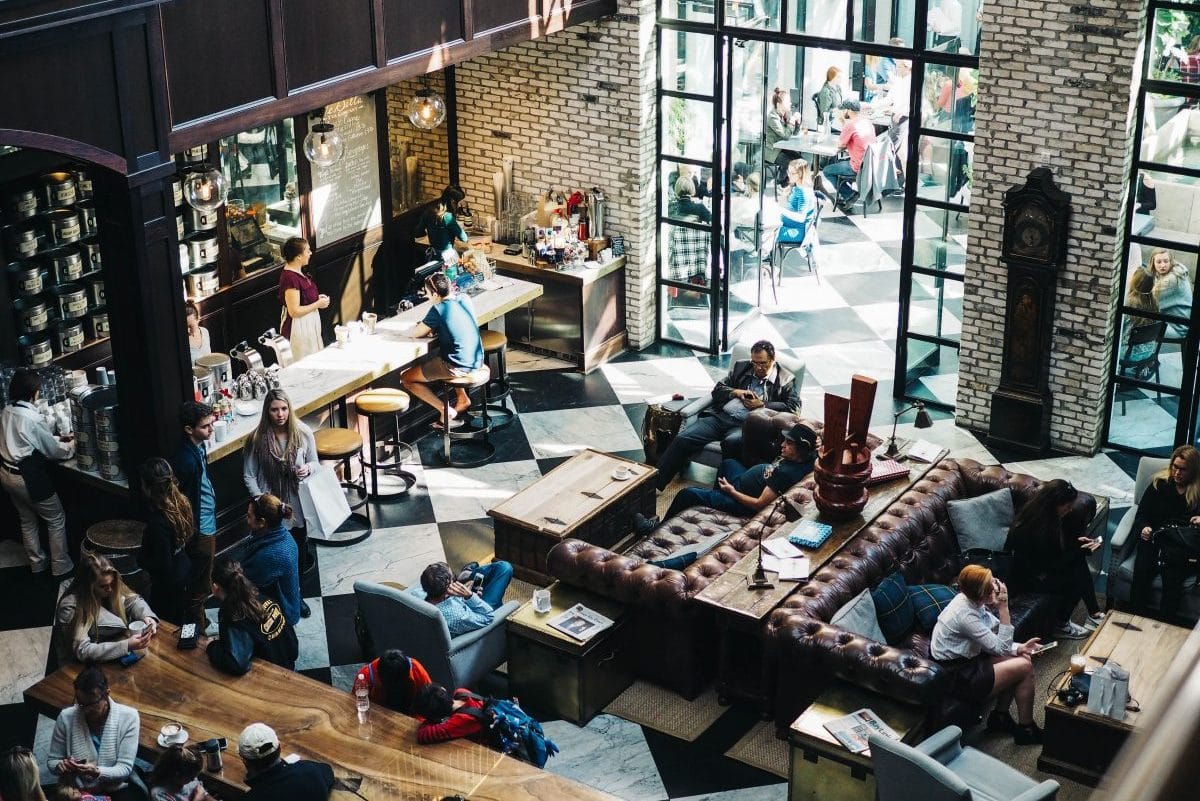
Yet, experts argue that third places are more critical than ever, offering solutions to modern social challenges like loneliness. Such places encourage social interaction and help develop what sociologists call ‘bridging ties’ – relationships with people from diverse backgrounds, economic levels, and life experiences. These weaker, acquaintance-like relationships are shown to benefit health and well-being.
WHY THIRD PLACES MATTER – AND THE CHALLENGES THEY FACE
Third places offer more than just a spot to hang out. They are critical for developing trust, fostering relationships, and promoting a sense of belonging. In such spaces, people naturally progress from exchanging polite smiles to engaging in small talk, and eventually to having meaningful conversations. “You start to get the feeling that maybe I can trust that person if they say hello to me,” Giuffre explains. Studies show that even employees in these venues, like bartenders or hairdressers, can provide emotional support to those seeking companionship.

Frequenting third places isn’t about making close friends, but rather about developing casual, yet important, social connections. Research shows that simply interacting with a variety of people can improve mental health and offer protection against feelings of alienation. Third places allow for these spontaneous encounters, which are increasingly rare in modern life.
While the benefits of third places are clear, several factors make it difficult to maintain and enjoy them. For one, economic pressures are reducing the availability of affordable public spaces. Many businesses designed as third places, like cafés or restaurants, encourage customers to make purchases and leave quickly, discouraging lingering and conversation. Parks, which are ideal communal spaces, often lack basic amenities like water fountains or restrooms, making them less welcoming. Additionally, some public spaces incorporate hostile architecture that discourages use by certain groups, including people who have limited mobility or are experiencing homelessness.

The pandemic years further complicated access to third places. Public health concerns, particularly among older adults or people with compromised immune systems, quickly made social gatherings riskier (and in many instances, prohibited). Even initiatives that emerged during the pandemic, like expanded outdoor dining areas or pedestrian-only streets, were scaled back in many cities. They re-emerged to varying extents after the threat subsided, but many say things aren’t really the same in the post-pandemic era.
Moreover, some third places are not welcoming to all. Individuals who don’t fit the expected mould of regular patrons may feel unwelcome or be outright excluded. For example, teens often lack access to places where they can hang out unstructured, and people from marginalized communities, such as minorities or LGBTQ individuals, may avoid spaces where they feel judged or unsafe.
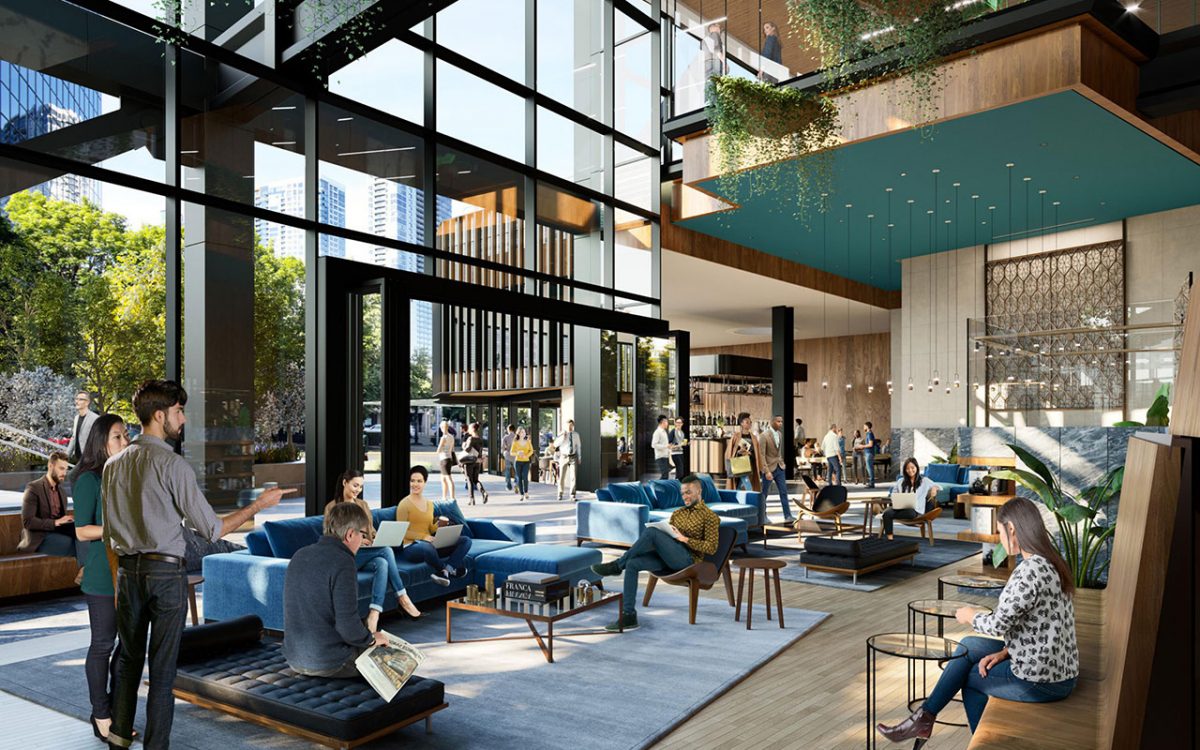
To truly serve their communities, third places must be inclusive. Experts argue that we all bear responsibility for making these spaces welcoming for everyone, regardless of background, age, or appearance. “The teenagers are loud and the old people don’t want to hear them,” Giuffre says. “But we have to open ourselves up to embracing difference.”
REIMAGINING THIRD PLACES
Communities worldwide are beginning to rethink how third places might look and function. Organizations like the non-profit Better Block, which focuses on transforming public spaces in the US, are leading the charge. By listening to community feedback and observing how people interact with their environments, Better Block creates third places that cater to local needs. One example is a parking lot that was converted into a small basketball court where local students now gather after school. (Check out betterblock.org to see some of their amazing projects.)
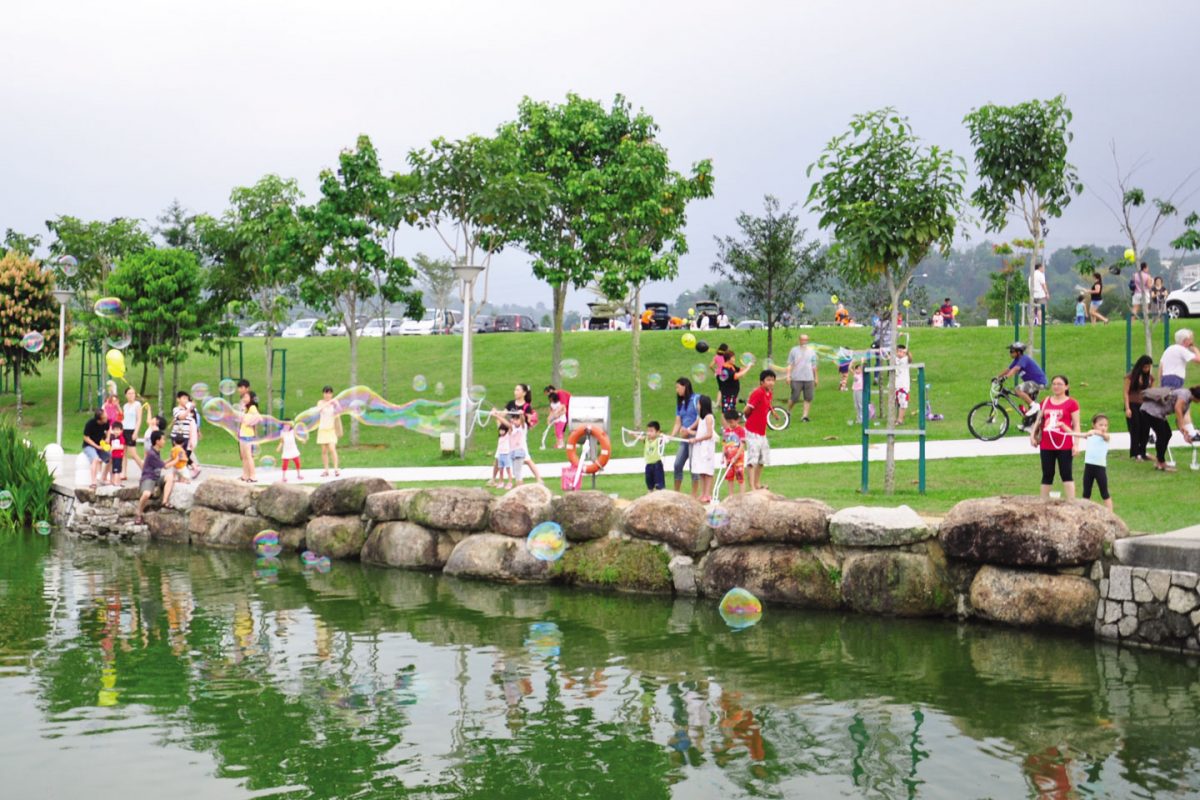
Third places don’t necessarily need to be physical, either. Online platforms provide valuable third spaces for people in rural areas or those with limited mobility. Apps like Pokémon Go or neighbourhood-focused sites like Nextdoor allow people to connect online while still engaging with their local communities. Virtual third places, however, come with their own challenges, including the potential for online harassment.
Still, traditional third places, particularly parks, remain the ideal. Parks offer free, accessible spaces for people to engage in a variety of activities. However, maintaining these spaces requires public funding and support. Without proper investment, these essential gathering places will continue to deteriorate. Sadly, public parks are not a particularly notable, widespread feature of life in Kuala Lumpur, but some good ones still exist nevertheless (see ‘Third Places in Greater KL’ below for examples).
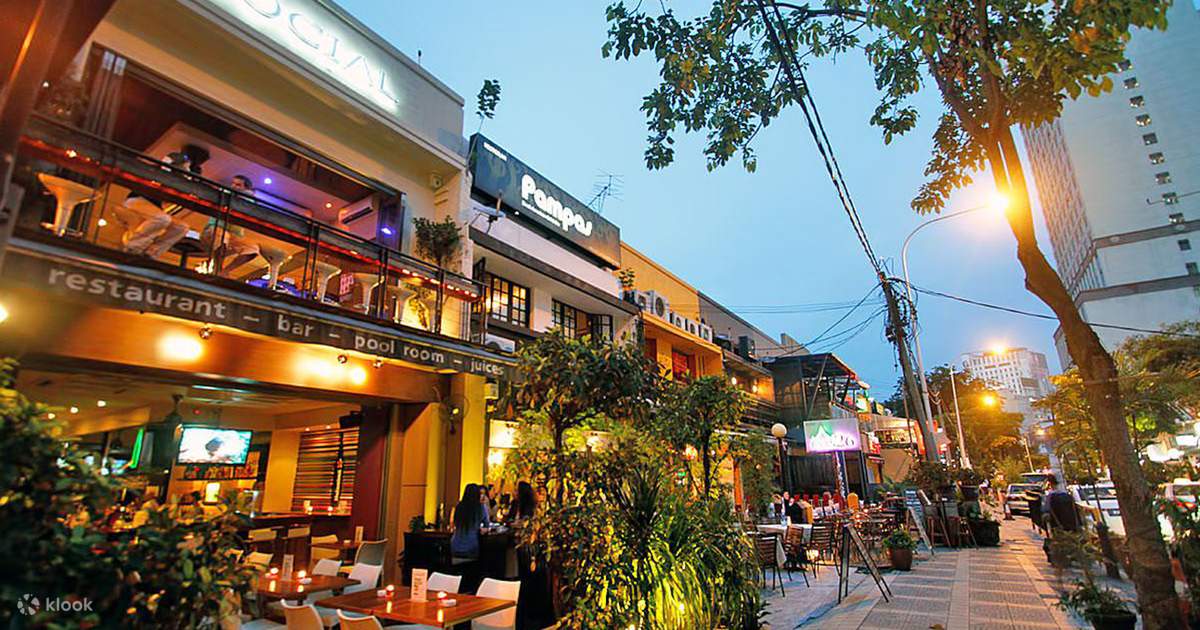
FINDING YOUR OWN THIRD PLACE
The key to benefitting from a third place is finding one that fits your lifestyle. Whether it’s a café with a book club, a neighbourhood bar, or a park with a regular farmer’s market, there are spaces in every community that encourage connection. To get the most out of these places, make a commitment to spending time there. Engage in small conversations, leave your phone in your pocket, and immerse yourself in the environment.
Building these connections takes time, but with consistency and intentionality, third places can become a cornerstone of social life. For many, simply showing up is the first step toward fostering a sense of belonging in an age where loneliness is increasingly prevalent.

THIRD PLACES IN GREATER KL
Here are some interesting examples of third places in Greater Kuala Lumpur where people can gather and connect:
- Coffee Shops, Pubs, and Cafés: Places like VCR in Bukit Bintang, REX KL in Chinatown, Bamboo Hills, and The Linc KL are popular spots where people work remotely or casually socialize. These places offer a neutral space where different kinds of people meet, making them ideal third places for fostering community engagement. Pubs are ubiquitous in many UK and European cities, and have long been embraced as third places where regulars enjoy a sense of community and camaraderie over a cold pint. Neighbourhood pubs in KL are not much different. The many pubs along popular Changkat Bukit Bintang might be the city’s best-known third spaces!
- Titiwangsa Lake Park in Kuala Lumpur is a vast green space where people come for walks, jogs, or social gatherings. With playgrounds, canopy walks, and a lake, it offers plenty of opportunities for casual community interaction, even if it’s sometimes only a smile and a nod.
- Ampang Hilir Park is another great spot for families and outdoor enthusiasts to gather around a central lake. This pet-friendly park serves as a tranquil social hub.
- Co-Working Spaces: Locations like Common Ground and Colony KL act as modern third places for professionals. They are designed not just for work but for networking and social events, helping build connections across industries.
- Desa ParkCity Central Park: A community-oriented park, this is a favourite third place for pet owners and families. It offers plenty of room for casual meetups, exercise, or relaxation, fostering a sense of belonging among its visitors.
- Cultural and Religious Sites: Though occasionally fraught with issues raised by the more divisive parties in Malaysian society, places like Masjid Negara and Batu Caves still serve as important third places in Malaysian communities, offering neutral grounds for spiritual gatherings, festivals, and even interfaith dialogues.
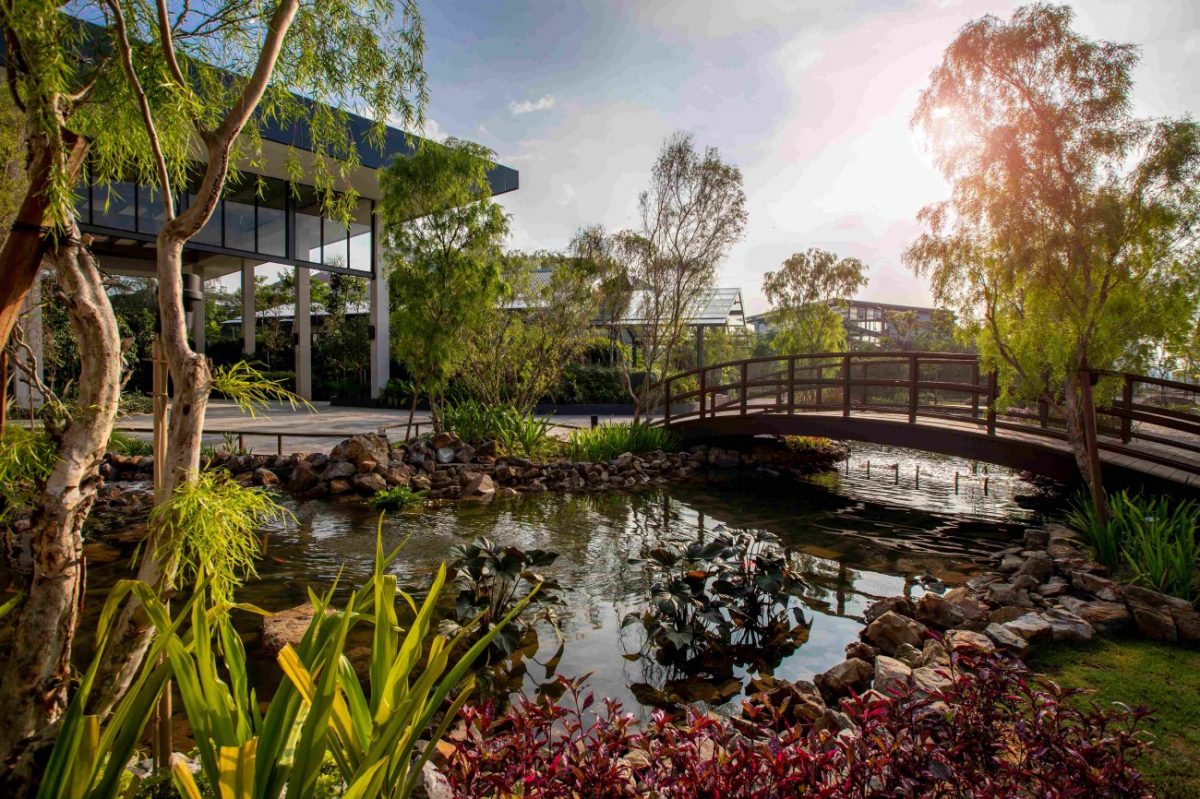
From pubs to parks to spiritual sites, these locations are clearly diverse in nature, but share the key third place characteristics of being accessible, neutral, and welcoming to a broad range of people.
Information from the Washington Post, Digital Commons, Vox Media, Better Block, Wowza Hangout, and Research Gate contributed to this article.
"ExpatGo welcomes and encourages comments, input, and divergent opinions. However, we kindly request that you use suitable language in your comments, and refrain from any sort of personal attack, hate speech, or disparaging rhetoric. Comments not in line with this are subject to removal from the site. "













